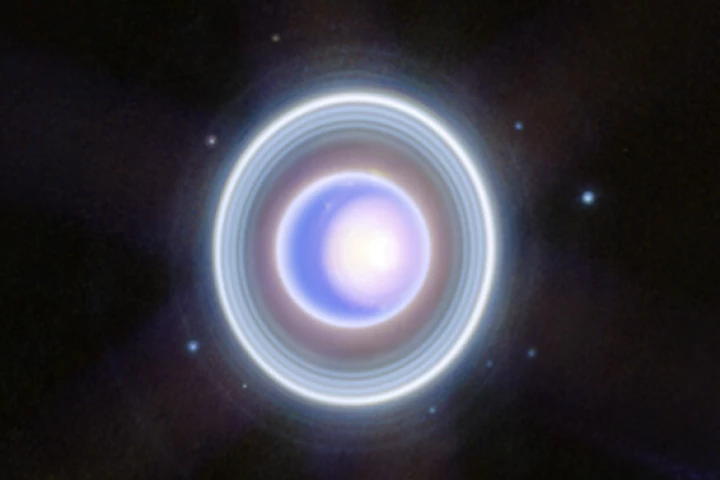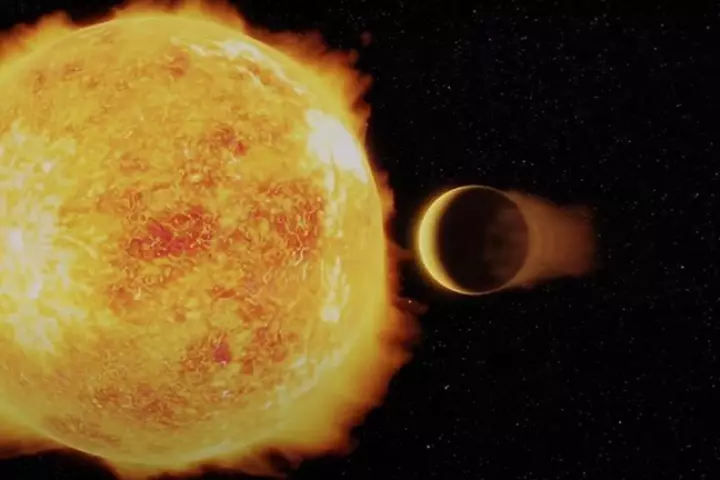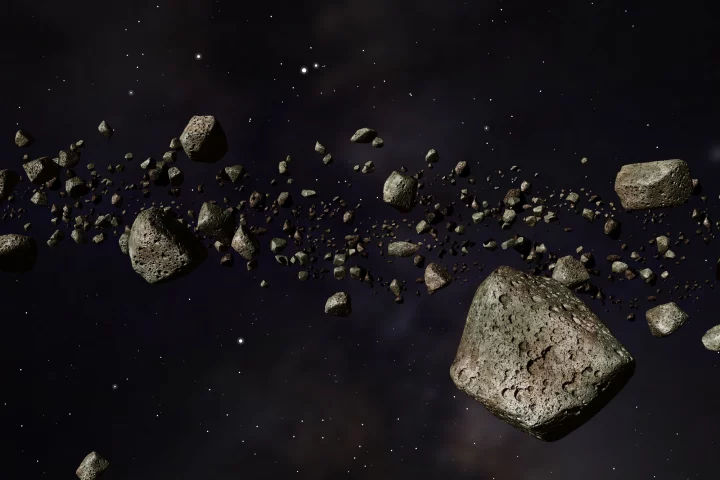Neptune
-
Our solar system might still bear the scars from an extremely close shave with an alien star. Such an encounter – the closest pass we know of – would have shaken up objects on the outskirts and might even mean there’s no Planet Nine after all.
-
Scientists have discovered the potential existence of a bizarre new molecule related to water. Dubbed “aquodiium,” this ion could form under extreme conditions and may explain some of the weirdness of our solar system’s ice giant planets.
-
Move over TRAPPIST-1 – there’s an exciting new planetary system in town. Meet Kepler-385, home to seven Super-Earths that were just discovered in existing data.
-
In 2022, decades of work finally came to fruition as the James Webb Space Telescope focused its powerful eyes on the universe. From distant galaxies to our nearby neighbors, let’s look back at some of the most impressive images captured so far.
-
Scientists have turned plastic into diamonds. Using high-powered lasers, the team zapped samples of common PET plastic, which produces intense heat and pressure to form tiny diamonds that may naturally rain down on planets like Uranus and Neptune.
-
Every year, the Hubble Space Telescope conducts a grand tour of the outer solar system planets, checking their turbulent atmospheres for changes in weather, storms, clouds and colors. This year’s shots are now in, revealing a few surprises.
-
In the hunt for extraterrestrial life, most of our attention has been focused on Earth-like worlds. But now, astronomers have defined a new class of exoplanet called “Hycean” worlds that could be a promising place to find signs of life.
-
Astronomers have discovered a new exoplanet that belongs in a brand new class – an “ultrahot Neptune.” Known as LTT 9779b, the planet orbits extremely close to its star, and raises questions about how such a system came to be.
-
Well over 100 new minor planets have been discovered in our solar system, in the darkness out beyond the orbit of Neptune. The discoveries were made by sifting through several years’ worth of data gathered by the Dark Energy Survey (DES).
-
Scientists have discovered a massive planet evaporating as it orbits the remains of a Sun-like star. This is the first time evidence of a huge planet orbiting a white dwarf has been observed, and it could help reveal the fate of our own solar system.
-
A team of scientists led by Marina Brozovic at NASA's Jet Propulsion Laboratory has discovered that two of Neptune's innermost moons are locked in a never before seen orbital "dance of avoidance" that keeps them from colliding.
-
NASA’s Transiting Exoplanet Survey Satellite (TESS) has discovered three worlds orbiting a star located a mere 73 light-years from Earth. The exoplanets are a tempting target for scientists hoping to understand how planets form, and may even be a future hunting ground for E.T.
Load More











